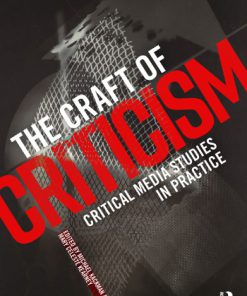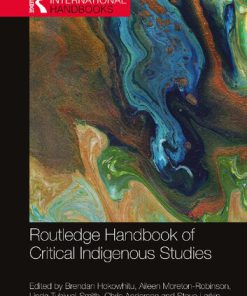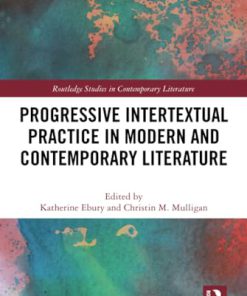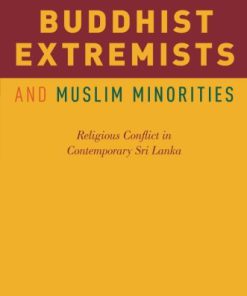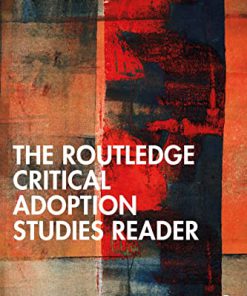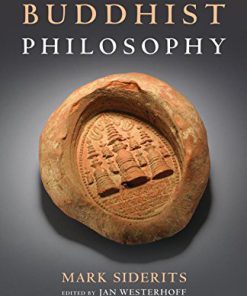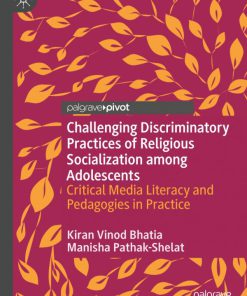The Buddhist Art of Living in Nepal Ethical Practice and Religious Reform 1st Edition by Lauren Leve 9781317308911 1317308913
$50.00 Original price was: $50.00.$25.00Current price is: $25.00.
The Buddhist Art of Living in Nepal Ethical Practice and Religious Reform 1st Edition by Lauren Leve – Ebook PDF Instant Download/Delivery: 9781317308911, 1317308913
Full download The Buddhist Art of Living in Nepal Ethical Practice and Religious Reform 1st Edition after payment
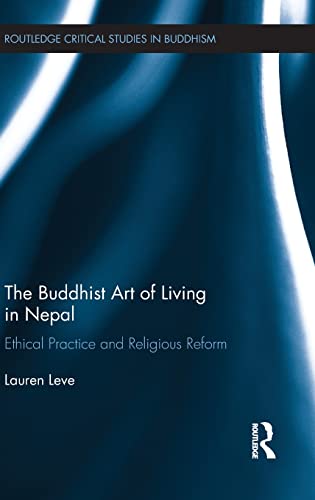
Product details:
• ISBN 10:1317308913
• ISBN 13:9781317308911
• Author:Lauren Leve
The Buddhist Art of Living in Nepal
Ethical Practice and Religious Reform
Theravada Buddhism has experienced a powerful and far-reaching revival in modern Nepal, especially among the Newar Buddhist laity, many of whom are reorganizing their lives according to its precepts, practices and ideals. This book documents these far-reaching social and personal transformations and links them to political, economic and cultural shifts associated with late modernity, and especially neoliberal globalization. Nepal has changed radically over the last century, particularly since the introduction of liberal democracy and an open-market economy in 1990. The rise of lay vipassana meditation has also dramatically impacted the Buddhist landscape. Drawing on recently revived understandings of ethics as embodied practices of self-formation, the author argues that the Theravada turn is best understood as an ethical movement that offers practitioners ways of engaging, and models for living in, a rapidly changing world. The book takes readers into the Buddhist reform from the perspectives of its diverse practitioners, detailing devotees’ ritual and meditative practices, their often conflicted relations to Vajrayana Buddhism and Newar civil society, their struggles over identity in a formerly Hindu nation-state, and the political, cultural, institutional and moral reorientations that becoming a “pure Buddhist”—as Theravada devotees understand themselves—entails. Based on more than 20 years of anthropological fieldwork, this book is an important contribution to scholarly debates over modern Buddhism, ethical practices, and the anthropology of religion. It is of interest to students and scholars of Asian Religion, Anthropology, Buddhism and Philosophy.
The Buddhist Art of Living in Nepal Ethical Practice and Religious Reform 1st Table of contents:
1 Introduction Seeing things as they are
A thing to develop your mind
The Theravada turn and global modernity
A little more background
On fieldwork with changing people in changing times
Globalization and the ethical turn
Buddhists as philosophers, and the problem of “religion”
Against the localization of Buddhist reason
Toward a radical coevality
The Theravada turn and Buddhist modernism
Contributions to Buddhist Studies
Notes on fieldwork
Language, transliteration, and orthography
Chapter outline
Notes
2 “A garden of every kind of people” Newar Buddhists in Hindu Nepal
Questions
The Phulbari principle: Panchayat nationalism and the myth of the Hindu kingdom
History as terrain of contestation
Gorkhali conquest and expansion: Prithvi Narayan Shah and the founding of Nepal
Rereading the Phulbari legend: Panchayat pluralism or “pure Hindustan”?
The rise of the Ranas
From the Gorkha Empire to the Hindu nation: the Muluki Ain of 1854
From “Hindustan” to Hindu nation-state
Newar Buddhists uncomfortably situated in the garden of the 4 Jat and 36 Varna
Notes
3 Buddhist modernism and the revival of “pure Buddhism”
The early twentieth-century Rana state
Language, culture, and the nation-state
Newars under the Rana state
Buddhist modernism, colonialism, and a small note of caution
The rationalist strand: Newari language and Buddhist resistance
The eclectic strand: devotionalism and asceticism at Kindol Baha
Reform and retribution in the late Rana years
Conclusion: subjective shifts, revival, or resistance?
Notes
4 What makes a Theravada Buddhist?
Post-Rana growth and institutionalization
The problem of definition
The basics
Theravada: one or many?
Diversity of practitioners and practices at the viharas
Theravada on a tradition–modernity continuum
Questioning developmental narratives
Ethics and knowledge in Protestant Buddhism
Suddha Dharma: Theravada’s language of purity
Newar Buddhism as an integrated field I: the Tuladhars at home
Newar Buddhism as an “integrated field” II: time and space, the viharas
Conclusion: who is a Theravada Buddhist today?
Notes
5 Becoming “pure Buddhist” (Part 1) Practices of personhood
Who are the Bajracharyas?
A Theravada sraddha (July, 1993)
Predispositions: personal and cultural conditions of change
Sujata’s critique of hierarchical culture
Processes: learning Theravada as embodied ethical practice
Ethical habitude
The process of learning: doctrinal knowledge and embodied competencies
Performing moral personhood in Newar Buddhist worlds
Actualizing individuality: social subjects, cultural practice, and community ritual
Conclusion: moral bodies and social selves
Notes
6 Becoming “pure Buddhist” (Part 2) Vipassana meditation and the Theravada care of the self
Purity in practice: Vipassana at Dharmashringa
History and context
Techniques of the body, techniques of the self
Ethical subjects, bodily truths
Living the “pure Buddhist” life
Conclusions: purity, modernity, and rationalization
Notes
7 The best dharma for today Post-Protestant Buddhism in neoliberal Nepal
Part I: “The best dharma for today”
Democratization and economic liberalization
Middle-class modernity
Time, personhood, and the pursuit of success: the making of “neoliberal Nepal”
Entrepreneurial agents and self-managing selves
Discussion: neoliberalizing Nepal and Theravada Buddhism as ethical practice
Democracy and rationalization
Part 2: Three forms of ethical engagement
Peace
The seven habits of highly effective Buddhists
Not selves in the identity machine
Neoliberal democracy and the Buddhist paradox
Notes
8 Conclusion The Buddhist art of living, in Nepal and elsewhere
Radical coevality and the global problem space
On the “art of living”
A Buddhist practice of freedom?
The cultural locations of Buddhism
Buddhists as philosophers, ethicization as creative reflection
Notes
Glossary
Note on italicization
Note on naming and identity
References
Index
People also search for The Buddhist Art of Living in Nepal Ethical Practice and Religious Reform 1st:
the buddhist art of living
the art of buddhism leidy pdf
living buddhist art
the art of living by thich nhat hanh
the art of buddhism
You may also like…
Uncategorized
Politics & Philosophy - Anthropology
Politics & Philosophy - Anthropology
Uncategorized
Politics & Philosophy - Asian Philosophy
Uncategorized
Education Studies & Teaching - School Education & Teaching



